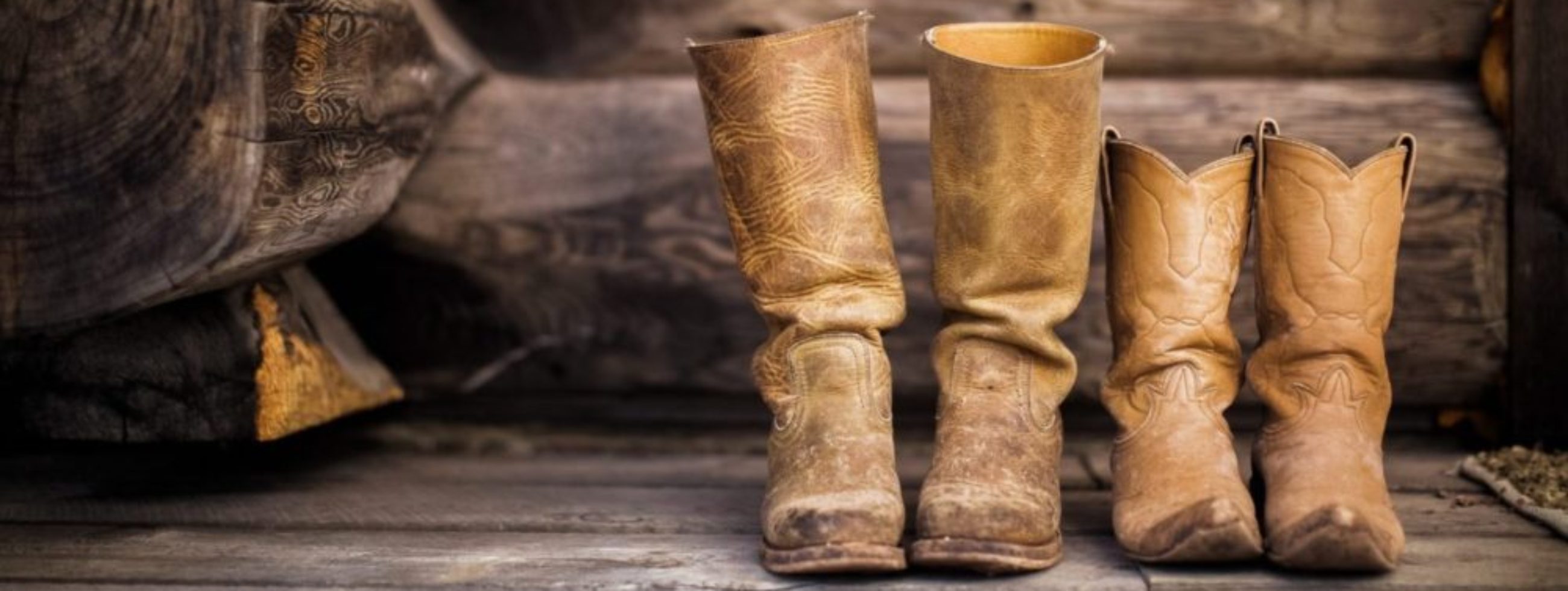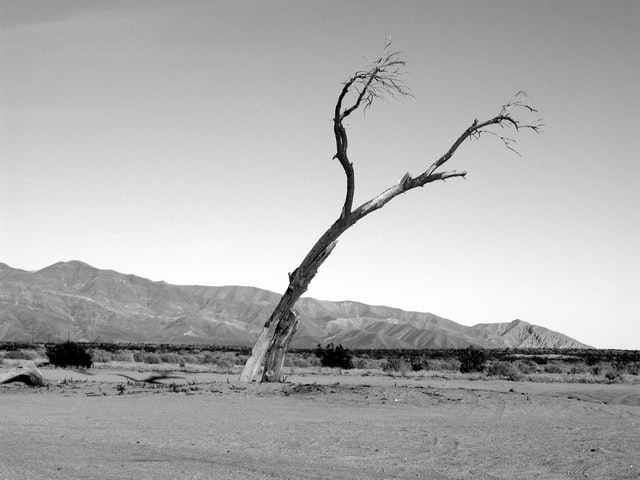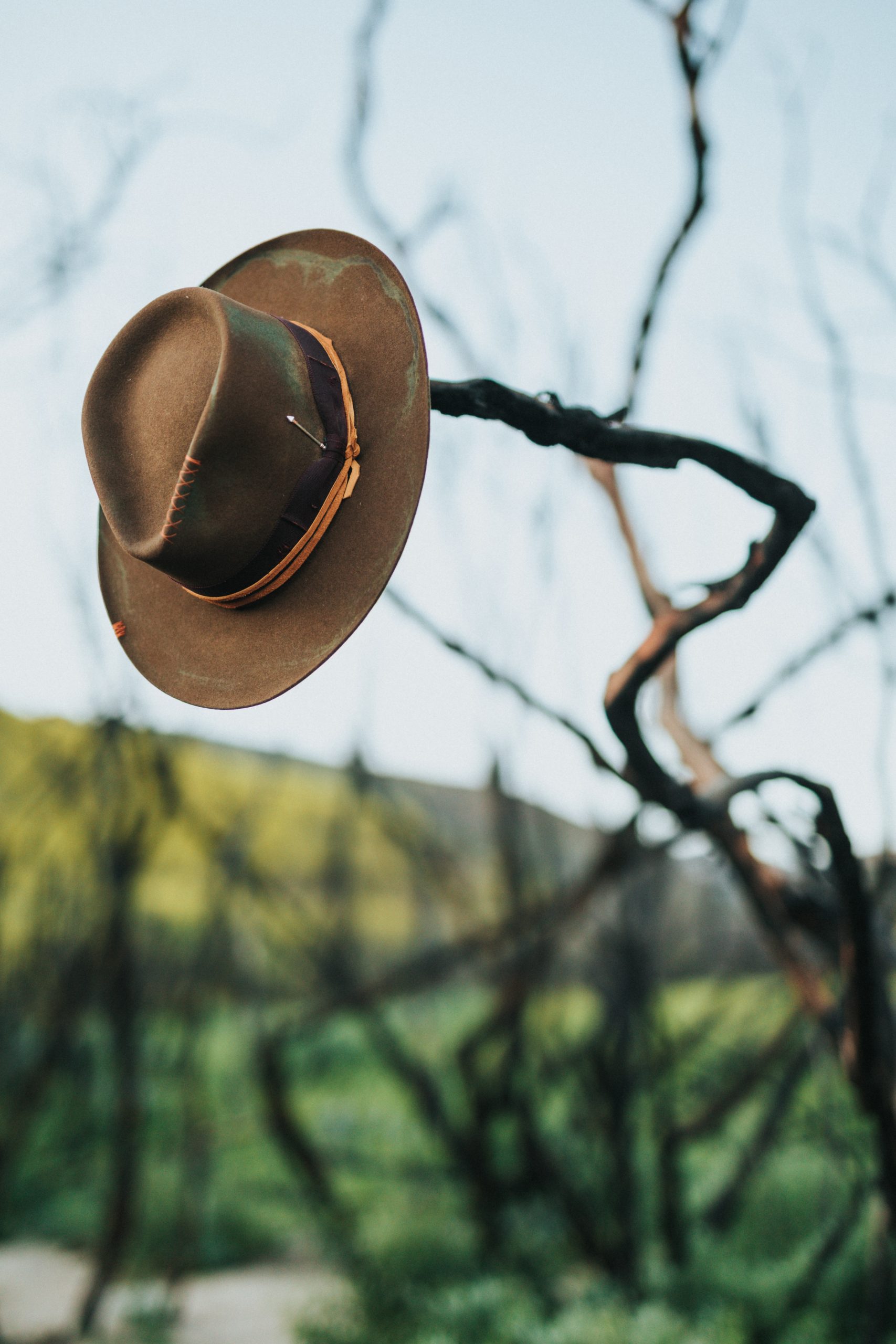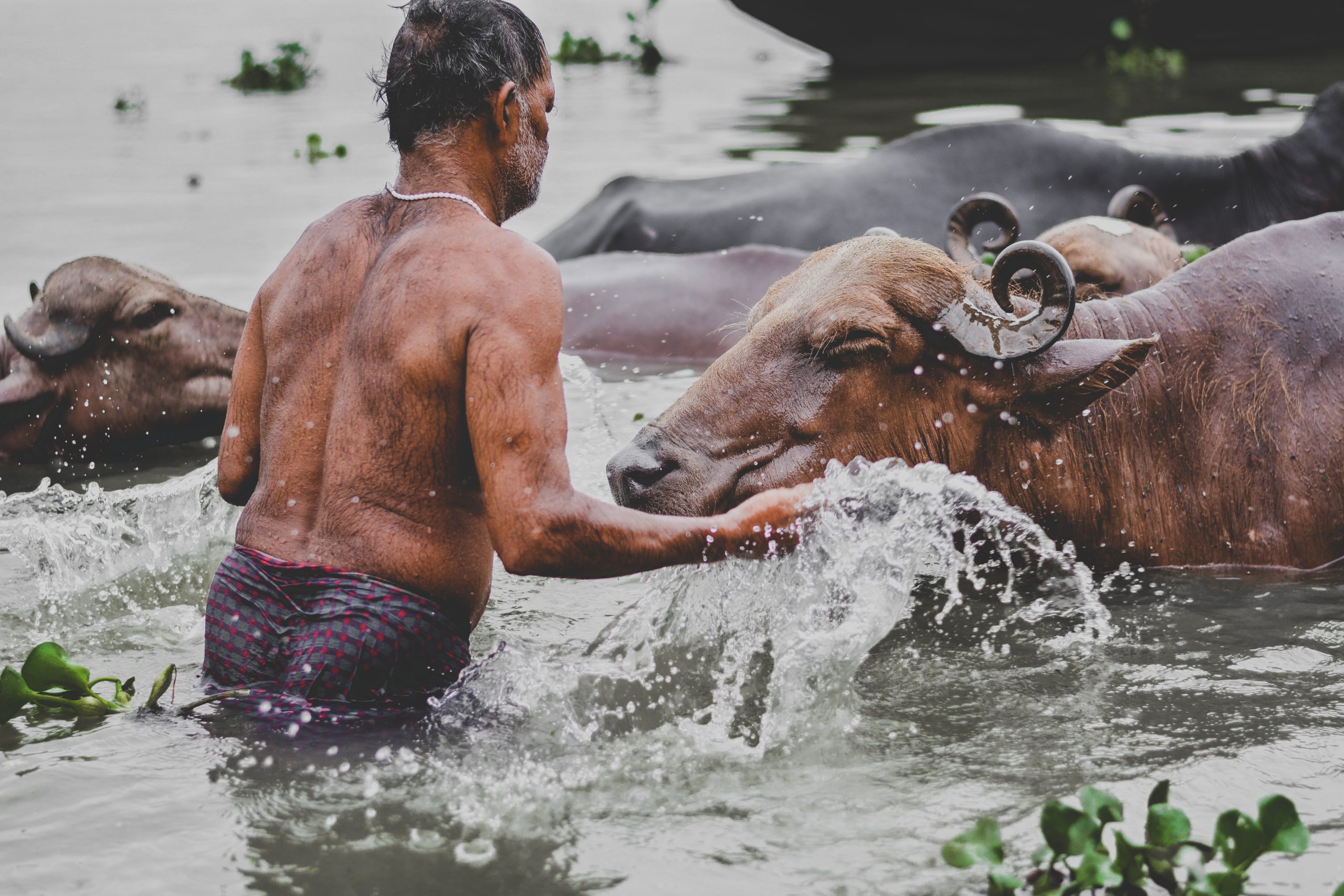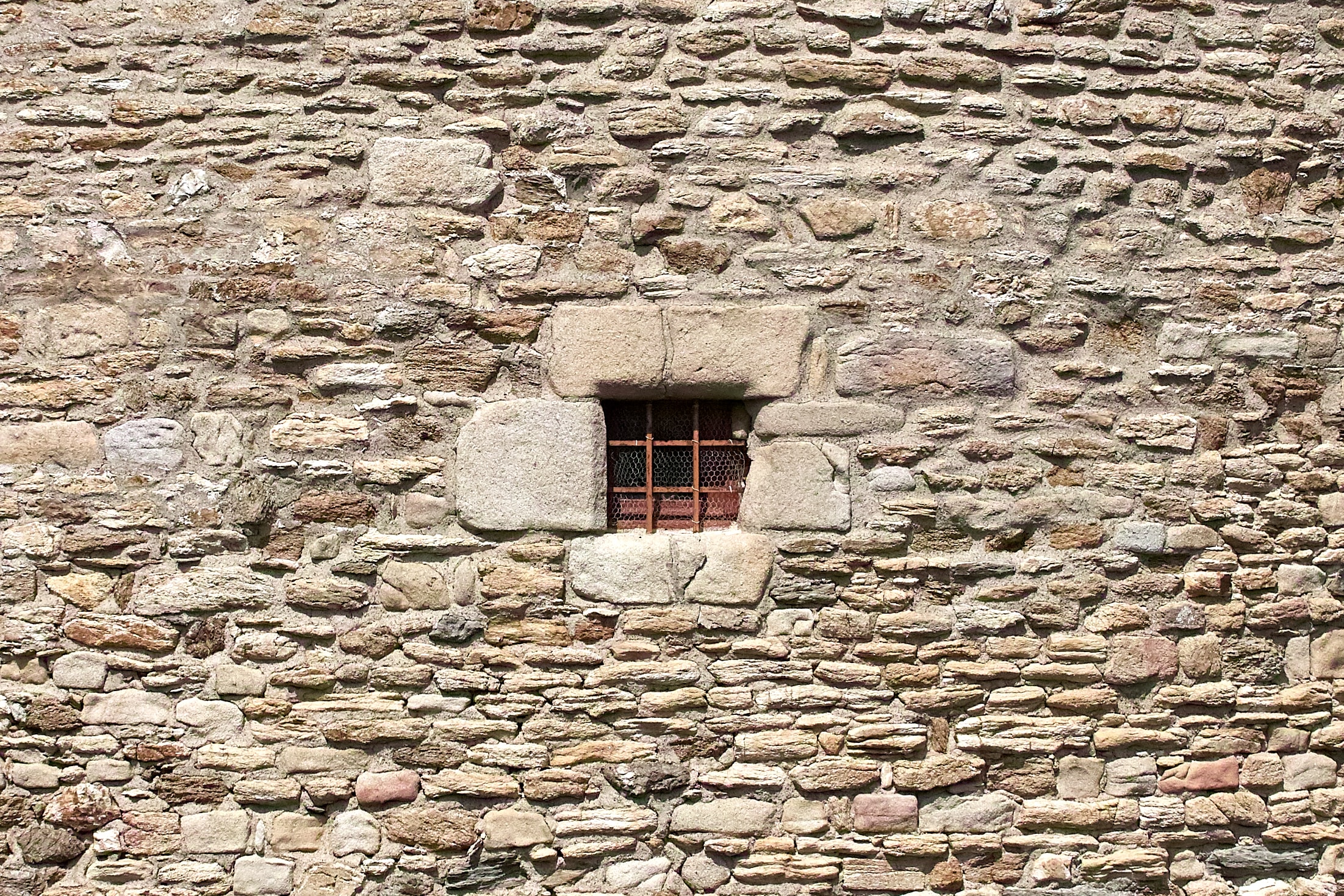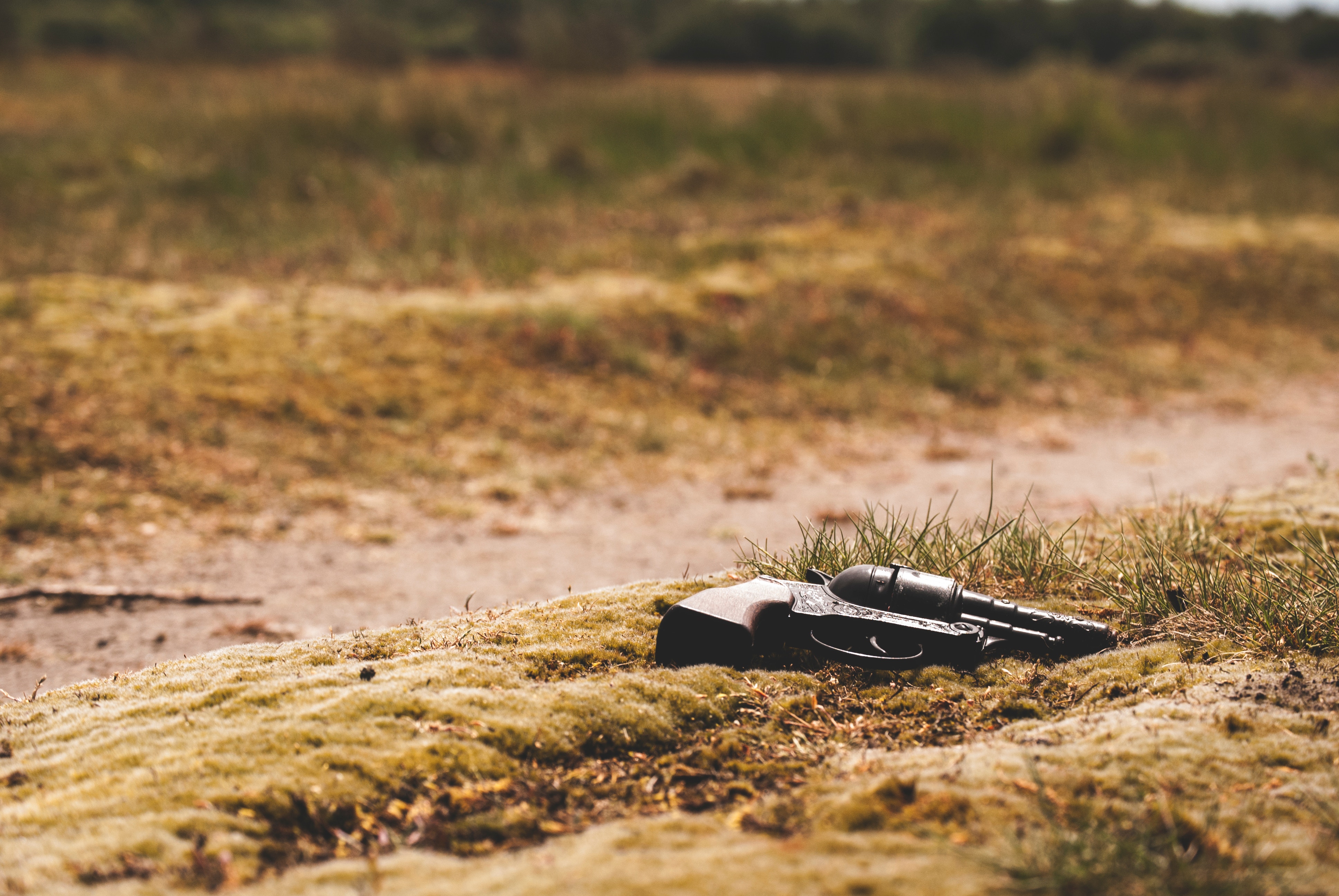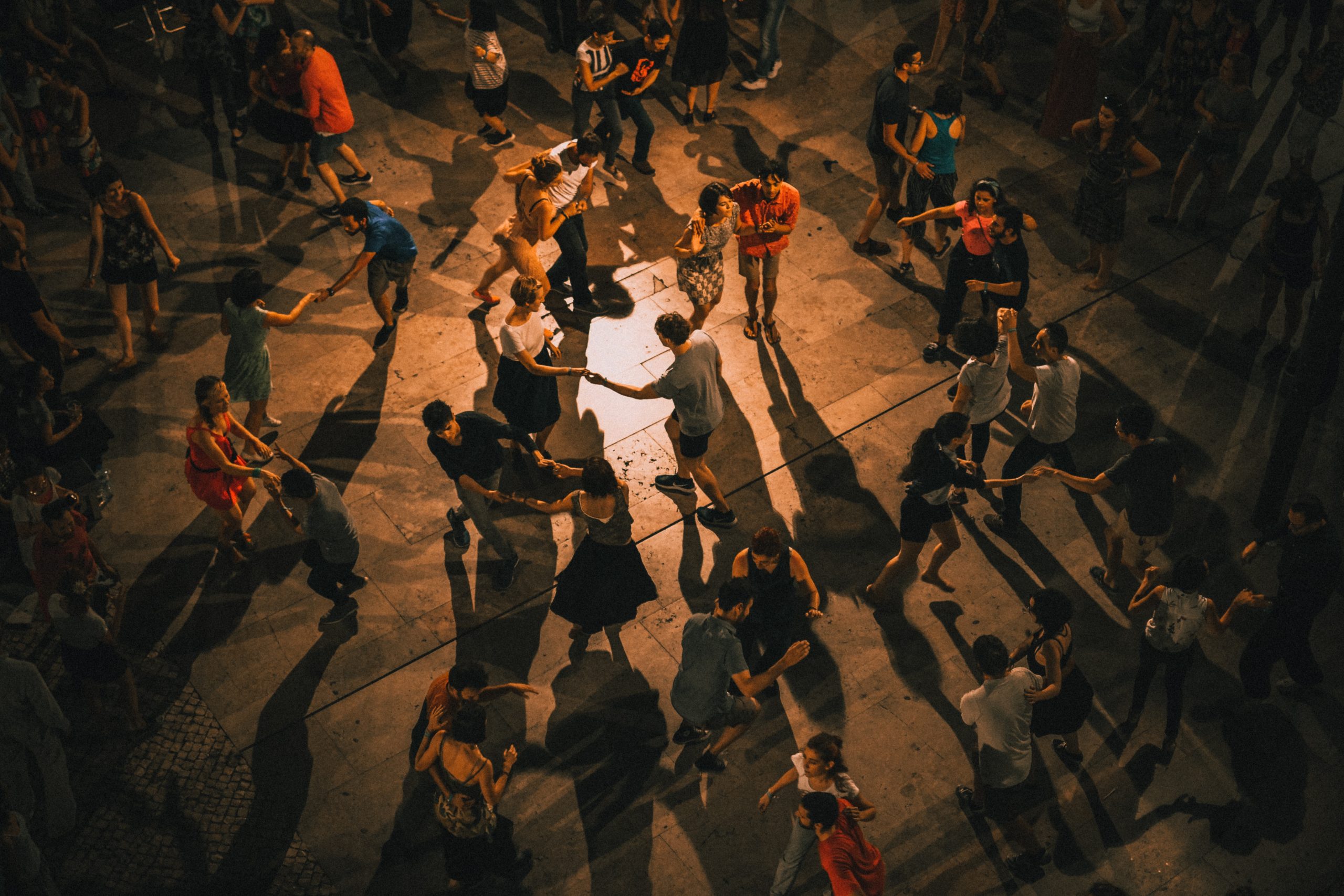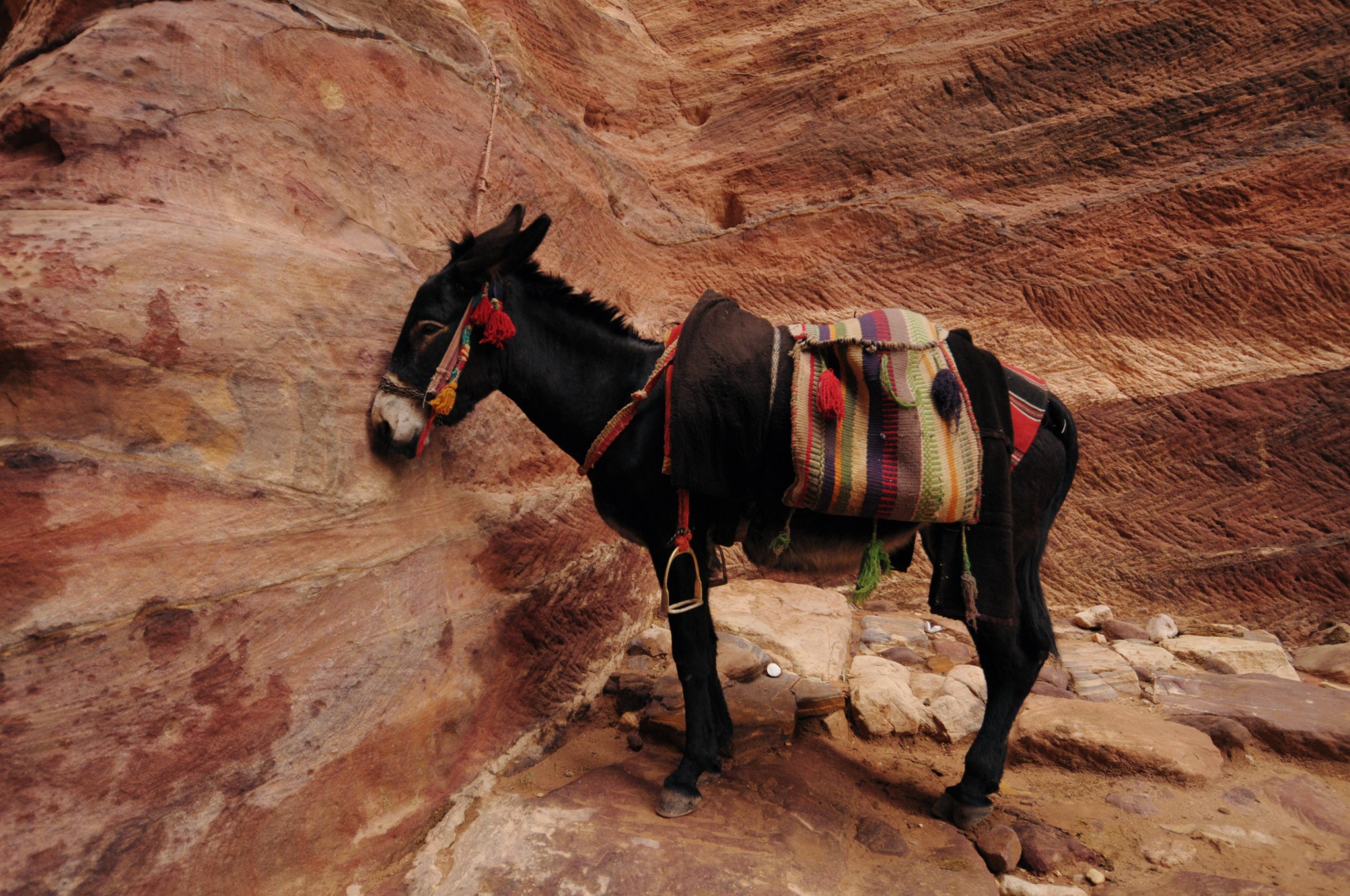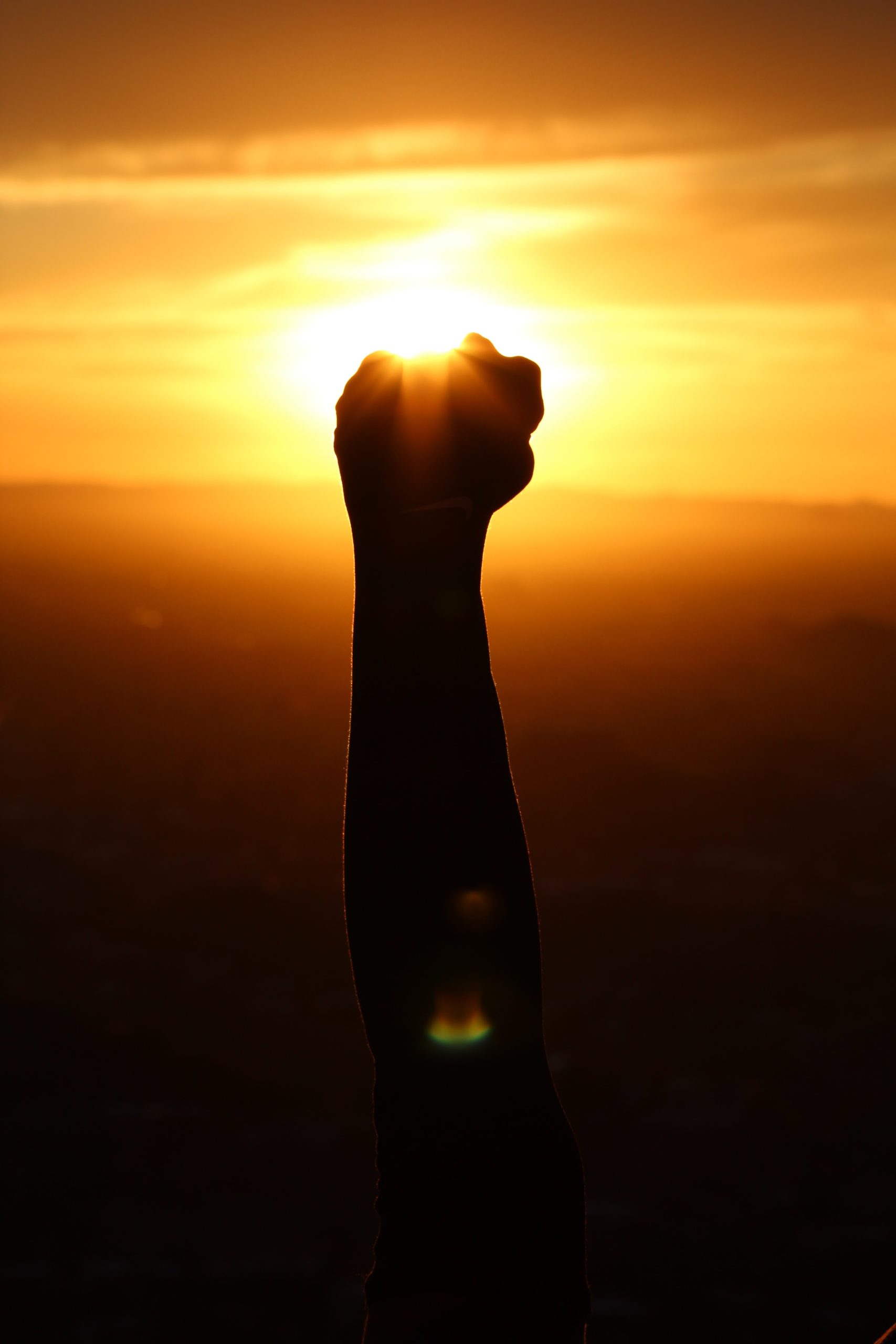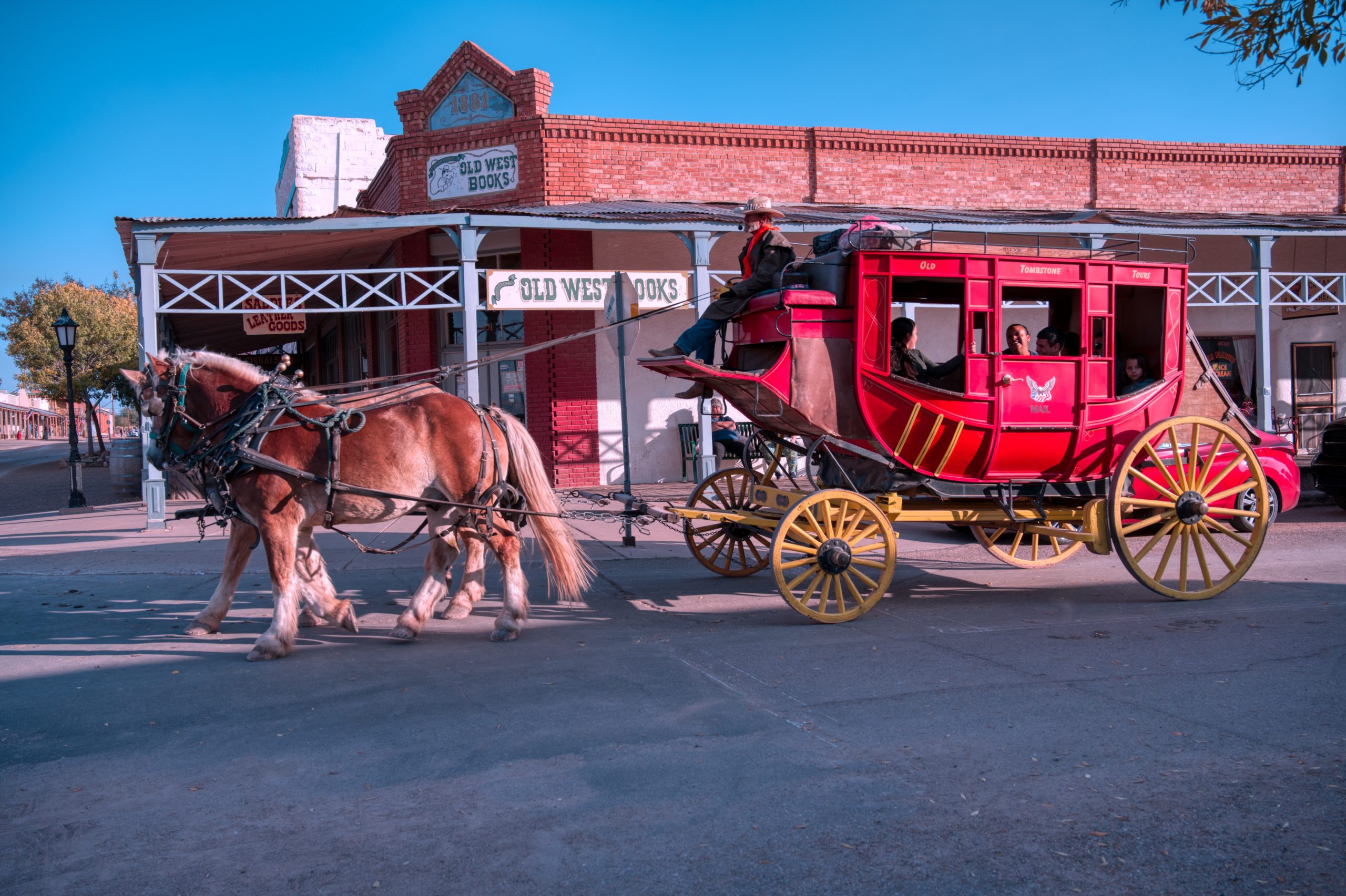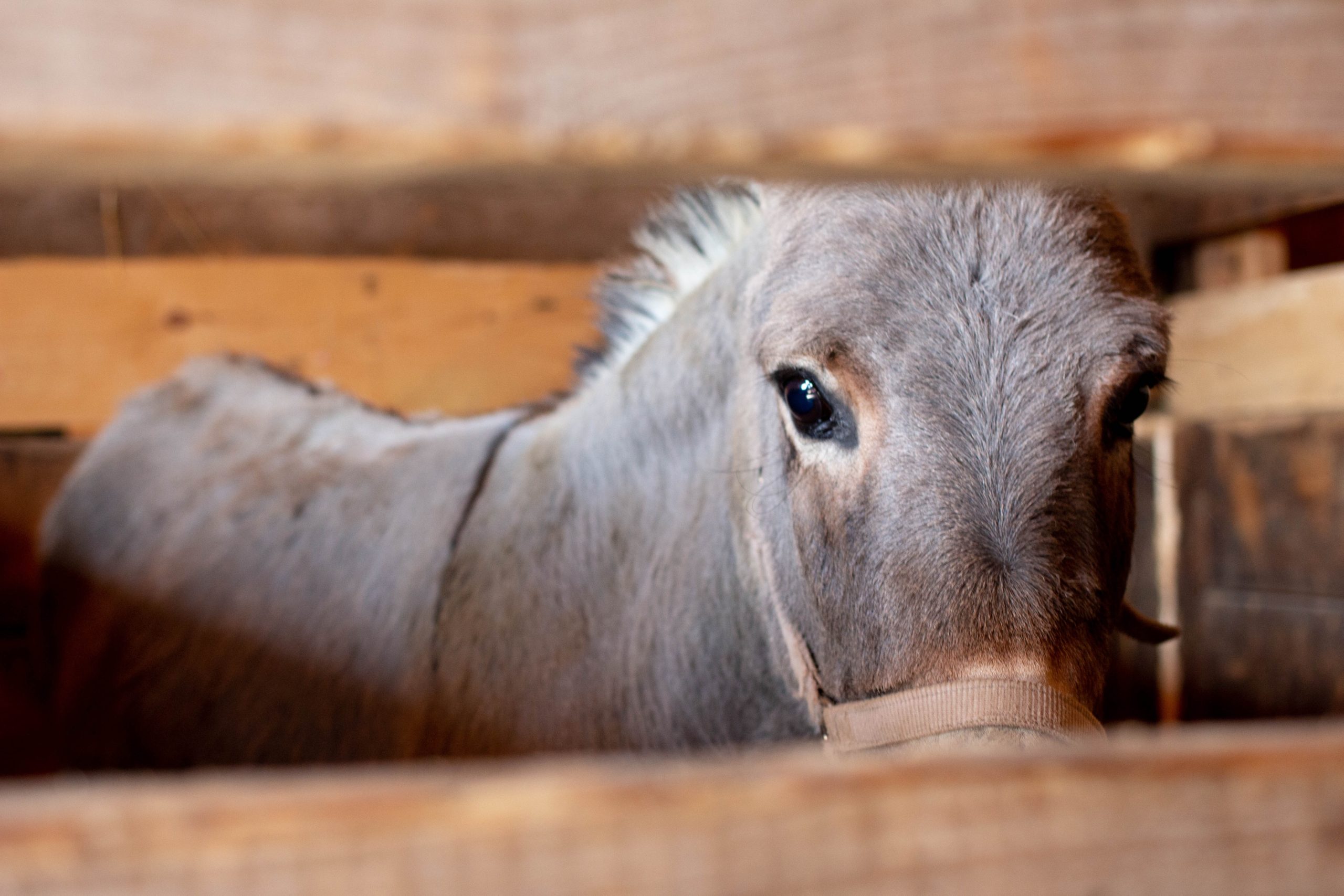Bautista Leads His People
It blows in out of the west from Temecula, an omen of things to come. To read its message is to ask four questions. Is it warm? Is it cold? Is it strong? Is it weak? To answer these questions is to predict rain, snow, drought, or just another bright sunny day on the high chaparral. The wind has always defined the short-term fate of the Anza Valley. But every once in a very great while it blows in something more permanent, something that would have a more lasting effect on history. The wind gusted fiercely the day Bautista brought his people up to this high plateau stronghold. Among the Mountain Cahuilla, every time the wind blows, they are reminded of the time when leaders were still leaders; the time when Bautista lead his people.
He wasn’t born a leader. He came to the task reluctantly. Responsibility was unexpectedly thrust upon him.
The Cahuilla were always a proud people who never submitted to Mexico’s mission system. Their physical isolation in the desert mountains of southern California kept them free from contact and conflict with the white man until the mid 1800’s. Then, since the day Columbus landed in the Bahamas, since Cortez burnt Tenochtitlau to the ground, since the Mayflower landed on Plymouth Rock, the human stampede that brought Eurocentric man to the New World arrived in the Temecula and San Jacinto Valleys.
Bautista had the same choices all the other chiefs had. Make war, and be slowly eradicated. Make peace, and be quickly penned. Make an exit to a more remote location, and wait to see what the future held. He opted for a policy of avoidance and brought his people up to the Anza Valley in the year of our Lord 1845. He lived in the shadow of legendary Cahuilla Chief Juan Antonio who was believed to have been born in the village of Paui in 1783. Little is known about his meteoric rise to power except that he became powerful enough to move his entire village to Rancho San Bernardino at the western end of the San Gorgonio pass circa 1843. Juan Antonio was hired by the Mexican Lugo family to protect their huge rancho from surrounding Piute and Mohave Indians. Lesser known chief Cabazon or “Big Head” protected the eastern portion of the pass. Nothing passed through without their knowing about it and allowing it. Among all the Cahuilla they were the most respected and revered. They were visible heroes who enjoyed their notoriety. For Bautista, it wasn’t like that. He was quiet, unassuming, and more democratic in his leadership style. His name appears on the treaty of Temecula signed by Cahuilla chieftains, January 5th, 1852 and rejected by the United States congress on June 6th, 1852. Thus, it can be assumed that Bautista was famous for at least six months of his life.
While Juan Antonio’s and Cabazon’s villages prospered because of protection payments from the whites, Bautista struggled to exist in an inhospitable environment while population pressures brought on by members of other beleaguered tribes petitioning to be admitted into the Anza Valley caused food shortages and associated hardships. Bautista, if he’s known for anything, is known for his kindness. He saw the slow eradication of the Cahuilla nation. Pre-European contact they numbered 15,000. By the time his band settled in Juan Antonio’s vacated village of Paui, the entire tribe, by the most generous estimates, numbered 3,000. With a population decline like that, didn’t it make sense to do whatever was necessary to keep every man, woman, and child alive? While history remembers other Cahuilla chiefs for their bravery and daring, history rarely remembers a leader for his vision.
Sometimes history gravitates towards the glamorous and passes by the obvious. No one knows for sure why Bautista left the Temecula/San Jacinto Valley area. Historians assume it was because of white population pressures which logic would say is true. But other lesser known reasons may also account for the 4,000 foot ascent into the Anza Valley.
Spanish explorer Juan Bautista de Anza had come through the valley in 1776 and again in 1777 in search of an overland route to California Norte. Perhaps the more well known war chiefs prevailed upon Bautista to protect the Coyote Canyon and Bautista Creek passes in anticipation that the valley might represent their last area of retreat and their last stronghold if the whites just kept on coming, and there was no indication that they wouldn’t. While they defended the front lines, and were lavished the glory of so doing, perhaps Bautista brought up the rear guard and last line of defense.
This was the most tumultuous time in California’s history, and consequently, the most tumultuous time in Cahuilla history from the ending of the Mexican American War to the precursors of the Civil War. The tribe’s fate was sealed with the impending opening of the west through the policy of manifest destiny and the law that drove the last nail in the free Indians coffin – The Homestead Act. Through it all Bautista led his people in a quite unassuming manner that allowed them to survive.
Nigger Jim’s Revenge
A little known fact among white American society is that slavery exists in the world even to this day. Millions of human beings, especially in the Muslim world, are still slaves. It’s a system so brutal, so ugly, and ultimately so wrong that societies that have practiced it have usually eroded from within. History notes that the first African slaves were brought to Jamestown, Virginia in 1619 and that a prosperous “triangular trade” was born. Ships leaving Great Britain, Holland, Portugal, and Spain off-loaded valuable goods on the western shores of African countries and on-loaded captured slaves which were taken to America and sold in exchange for agricultural goods which were delivered back to Europe thus completing the triangle. By the early 1800’s slavery had all but disappeared in America’s northern states and a myriad of convoluted laws were created whereby slaves could buy their freedom or make a run for it on the underground railroad.
We were a country about to unravel at the seams and the main issue pulling at the threads was the slavery issue.
Britain outlawed the slave trade in 1807 and abolished the practice altogether in 1833 thus putting a significant dent in the triangular trade. Meanwhile, in the US, events related to slavery were spiraling dangerously out of control.
The issues of State’s Rights, Fugitive Slave Laws, The Missouri Compromise, and the Kansas-Nebraska Act brought the pot to a boil, and with the Dred Scott decision and John Brown’s ill-fated attack on Harper’s Ferry it boiled over. Why then, with all this turmoil, would a man of mixed racial descent, but mostly believed to be a black man, a so-called nigger, leave the comfortable confines of the free state of Ohio and head west across the hostile Indian riddled plains to the territory of California, a territory as yet undecided on its position on statehood as well as its position on slavery? Such a journey would require a brave man, an uncommon man, a man with much to gain, a man with nothing to lose, a man like Jim Hamilton.
He was born a slave in 1823 in Ohio, but somehow became a free man by the mid 1840’s. It must be stated, however, that sometimes freedom is relative. Sometimes freedom isn’t free and doesn’t feel free. Take for example, how free one would feel if called “nigger” by most white acquaintances that had no fear of any sort of reprisal. Day after day, nigger this and nigger that. “Ain’t you one of them free niggers? Watch yourself nigger. Hey nigger, you can’t come in here.” Nigger, nigger, nigger, day in and day out, an obvious racial slur thrown up in your face with no more thought to it than hitching a horse or tipping your hat at a woman. Common widely accepted practices.
The cities of America’s northeast in the 1800’s, contrary to popular belief, were not refined, or gentle, or romantic. If you weren’t upper class and white, they could be anything but. No less an intellect that Walt Whitman who wrote the sensitive Leaves of Grass and was himself an outcast to society as a homosexual looked upon black people as intellectually inferior, unmotivated, and lazy. He viewed abolition as an issue that would rip the country apart (which it ultimately did) and wished that the whole ugly issue would just go away.
So while Jim Hamilton was able to become a free man and was called a free man he was anything but free from an openly contentious society that let it be known that he would never succeed at anything much less get ahead. In such a climate the unknown might seem better than the known. You might be willing to travel great distances under great personal duress just at the mere hint of a better life. And, with regards to your oppression, you might want to achieve real freedom by living well because that would be your ultimate revenge.
He set out for California in the spring of 1847 on the Old Mormon Trails which would take him through Salt Lake City, Utah to San Bernardino, California. It’s not known why he lived with the Sioux for a year, but it can be assumed that it was to relive one form of debt or another. He must have worked his way across the Great Plains, perhaps got illegally thrown into slavery and escaped or perhaps not. It took him five years to reach San Bernardino in 1852. San Bernardino must not have held much promise as the next place he turned up in was San Diego where he is credited with building a hotel before deciding to try his hand as a cattle rancher by filing for a homestead in Rancho San Felipe in raw chaparral outside San Diego. Within two years the claim was ruled invalid due to the fact that it was located on Mexican land grant land and he was forced to move on. He next filed a homestead claim outside of Temecula in the Vail Lake area, and with classic bad luck, it was also disallowed due to boundary issues with someone else’s ranch. He must have been discouraged by now. The years must have been hard. The 1870 census finds him at age 47 a widower with four children of Native American descent. Southern California’s melting pot of cultures produced progeny who knew the most basic of truths from the time they could walk; that being that nothing is given to you and you must work for everything you get, and even then, what you have could be taken from you.
Father worked from son to son and they built up a thriving cattle stock ranch based around Hog Lake at the southern base of Thomas Mountain. They used the Ramona trail to fatten their summer stock in present day Garner Valley. Good fortune finally smiled on him in 1873 as a 160 acre homestead claim in the east end of the Anza Valley was deemed valid. From here he would drive cattle up and down the “Nigger Jim Trail” into the eastern end of the Garner Valley and filed more land claims near Kenworthy.
Jim Hamilton became a successful rancher, but racism continued and produced more tragedy in his life when son Frank was gunned down in cold blood in 1895 in a San Jacinto saloon for taking exception to comments concerning his Negro and Indian blood. His murderer, Charles Marshall, spent years in a penitentiary, and later worked as a ranch hand until his death. He was never apologetic. So much for the noble cowboy in the romantic west. If those days ever existed, they were now over. His surviving sons ranched their entire lives, which by all accounts, were prosperous. When grandson Lincoln died in 1976 it was an end of an era. Today, schools, streams, and landmarks are named after “Nigger Jim” although, thankfully, a more tolerant society living in what we like to believe are more tolerant times have dropped the “Nigger” from his name. History remembers Jim Hamilton, and by being up to the task of it, he ultimately got his revenge.
Chief Juan Antonio Rides Again
Most historians believe he was born in the village of Paui in 1783 which is now located on the present day Cahuilla Indian Reservation in the town of Anza, California. His Cahuilla name was Yampooche which means, “he who gets mad quickly.” He was short, stocky, and his face resembled that of an African lion. His stature among all the Cahuilla nation rose steadily, and it is generally accepted that he was looked upon as their supreme leader. He was a war chief known for dispersing quick and sometimes fatal justice. Wherever he went, he was accompanied by an “honor guard” of a dozen young warriors. Chief Juan Antonio held big medicine and protected the villages and passes of the San Jacinto’s from horseback.
This particular period of California’s history is confusing, convoluted, and bloody. A clash of three cultures oftentimes created enough heat for passions to erupt. Murder and mayhem were commonplace, and loyalties shifted like the wind depending on how one would benefit when the death toll of any given skirmish shook out.
Juan Antonio chose the path of cooperation with the white man, so much so that in the early 1840’s he accepted a commission from the Lugo family to protect their sprawling rancho in San Bernardino. He moved his entire village from the Anza Valley to the banks of the intermittently flowing Santa Ana river near the present day town of Colton and established the village of Politana. From this base camp he and his warriors protected the Mexican ranchers of the western reaches of San Gorgonio pass. Less known Chief Cabazon (Big Head) protected the passes of the east. For nearly a decade the Cahuilla of the passes maintained the status quo by running off Piaute and Mohave raiders. Life was relatively prosperous and their belly’s were full. Then 1851 hit, and life as they knew it, would come to an end. It’s this period of California history for which Chief Juan Antonio is most remembered.
The John Irving gang consisting of about a dozen drummed-out Calvary men and a few odd Australian convicts started raiding around Los Angeles in the spring of 1851. They were heavily armed desperados or what was known back then as “rough trade.” It was inevitable that they would make their way inland towards the well stocked and verdant Mexican ranchos. Soon they were in conflict with the Lugo family. In the midst of such tumultuous times, two of Lugo’s sons were charged with murder and held in a Los Angeles jail. Irving approached their father and offered to spring them for $5,000.00. The old man refused, and though the sons were subsequently acquitted, Irving held a grudge which he acted on a few months later. The gang set siege on the Lugo ranch intending to steal horses, valuables, and kidnap the sons and hold them for $10,000.00 ransom. Outlaw logic: pay me now or I’ll take more later. Jose del Carmen Lugo sent a rider to Juan Antonio’s village when he saw the gang approach. The gang was in the process of ransacking the ranch when Chief Juan Antonio arrived on the scene. Outnumbered, Irvin’s gang took flight over the Yucaipa plateau heading for the San Jacinto Valley. Knowing the lay of the land, Juan Antonio’s warriors quickly overtook them, and cornered them in chaparral entangled Live Oak Canyon. In short order, all but one of the gang (who hid) was killed. When presiding Army officer general Joshua Bean caught up with them, he was furious that Indians had killed white men – even white men such as these. He levied such lurid threats against Juan Antonio and his warriors that the chief disbanded his village and the people went to join their relatives in the surrounding hills. When County Attorney Benjamin Hayes later examined the scene and gathered evidence with the coroner from Los Angeles an inquest was conducted and the Cahuilla exonerated. With Lugo’s persuasion, they returned to Politana.
Shortly thereafter, more trouble was brewing as San Diego officials levied taxes against Indian bands in the outlying countryside, Cupeno Chief Antonio Garra refused to pay on the basis that this was taxation without representation, which incidentally, is the same stance that America’s founding fathers took against Great Britain. When sheriff Agoston Haraszthy threatened to come to the villages and take live stock to satisfy the tax debt Garra and his son of the same name became indignant. They plotted to orchestrate an Indian uprising and drive the whites from their lands. The Garra revolt could well have been executed save for the fact that it was ill-planned and hardly kept a secret. Nevertheless, they were gathering Indian support, acquiring warriors, and gaining some momentum which was causing the white population some grave consternation. Rumors flew like sparks at a bonfire and everyone feared that Juan Antonio would join the revolt on the side of the renegade Indians. Duff Weaver, brother to famed mountain man Paulino Weaver, prevailed upon Juan Antonio to quell the revolt and outfitted him and his warriors with horses and provisions to do just that.
Chief Juan Antonio sent messengers to the Garras at their hideout in Coyote Canyon and arranged a meeting. Garra’s spirits must have soared at the thought of the “Captain General” Juan Antonio joining his cause and he eagerly accepted the meeting. When Garra came to Juan Antonio’s camp the war chief apprehended him and his family who were turned over to General Bean. Garra’s son, with ten warriors with women and children in tow went to Duff Weaver’s ranch to surrender. While doing so they were viscously taunted by the Cahuilla’s. This so enraged young Garra, that he attacked Jaun Antonio, twice stabbing him in the arm and side. Juan Antonio’s warriors set upon the prisoners fully intending to kill them all and were well in the process of doing it when General Bean arrived and prevented an all-out massacre.
The revolt lost its leadership and its heart. Some Cahuilla bands that were loyal to Garra were now rudderless. The last battle of, “The Garra Revolt,” was waged in Coyote Canyon when rebel Cahuilla Chief Chapuli and his band set upon Army Captain Samuel Heintzelman and his 46 soldiers. Chapuli and eight warriors were killed, and the remainder of his band retreated to Santa Rosa Village which the army set upon and burned. The revolt was effectively over. On Christmas Day 1851, four Cahuilla leaders were forced to dig their own graves, kneel at them, and were shot by a firing squad.
Needless to say Antonio Garra was tried and executed on January 17th, 1852. Kneeling at the head of his grave he said to his executioners, “Gentlemen, I ask your pardon of all my offenses and expect yours in return.” A ten man firing squad officially ended the revolt. Forgiveness was an emotion that was in short supply in the 1850’s.
With the threat of eastern Indian marauders waning, mostly because they had died in battle or from outbreaks of smallpox, the services of Chief Juan Antonio were no longer required. Sure, he enjoyed a short-lived period of glory at the signing of the ill-fated treaty of Temecula, but with the onslaught of white settlers, many of whom had no idea who he was, his place in history was quickly shoved to the side. Bitter over the betrayal that was the Treaty of Temecula he moved his people into San Timeto Canyon and set up the village of Sahatapa. He didn’t venture out of the canyon much after that, and it is here where he died of smallpox at the age of 90 in 1873.
Although a vaccination existed at the time, no one saw the need to administer it to Indians. His panic-stricken people fled the village at the outset of the smallpox outbreak with the disastrous net effect being that they brought the disease to the villages they went to. Duff Weaver helped his old friend as best he could by sending an immune Mexican care taker to look after the old chief. Juan Antonio, a fighter to the end, tried to cure himself with baths in a sweat lodge followed by plunges into cold water. He died outside his hut under a clear chaparral sky with his eyes cast to the west guarding the passes and the peoples who would soon forget him.
Manuel Largo, Chief Juan Antonio’s longtime lieutenant, moved the remainder of their band back up to Paui in 1874. The remnants of Bautista’s and Juan Antonio’s people now live on the Cahuilla Reservation established in 1893. It’s a scenic piece of ground, currently unaffected by real estate development. The band has a small casino which the people seem divided on whether to expand or disband it. The old see the need to preserve their culture and customs while the young are undecided as to why. They’re at the crossroads of history and in need of unwavering leadership. It’s a strange polar time marked by the extremes of passion and ambivalence. But if you talk to those Cahuilla who chronicle and take pride in their history they will tell you that the time is now at hand for Yampooche, the Captain General, their supreme leader, Chief Juan Antonio to ride again.
John C. Krieg is a retired landscape architect and land planner who formerly practiced in Arizona, California, and Nevada. He is also retired as an International Society of Arboriculture (ISA) certified arborist and currently holds seven active categories of California state contracting licenses, including the highest category of Class A General Engineering. He has written a college textbook entitled Desert Landscape Architecture (1999, CRC Press). John has had pieces published in A Gathering of the Tribes, Clark Street Review, Conceit, Palm Springs Life, and Pegasus.
